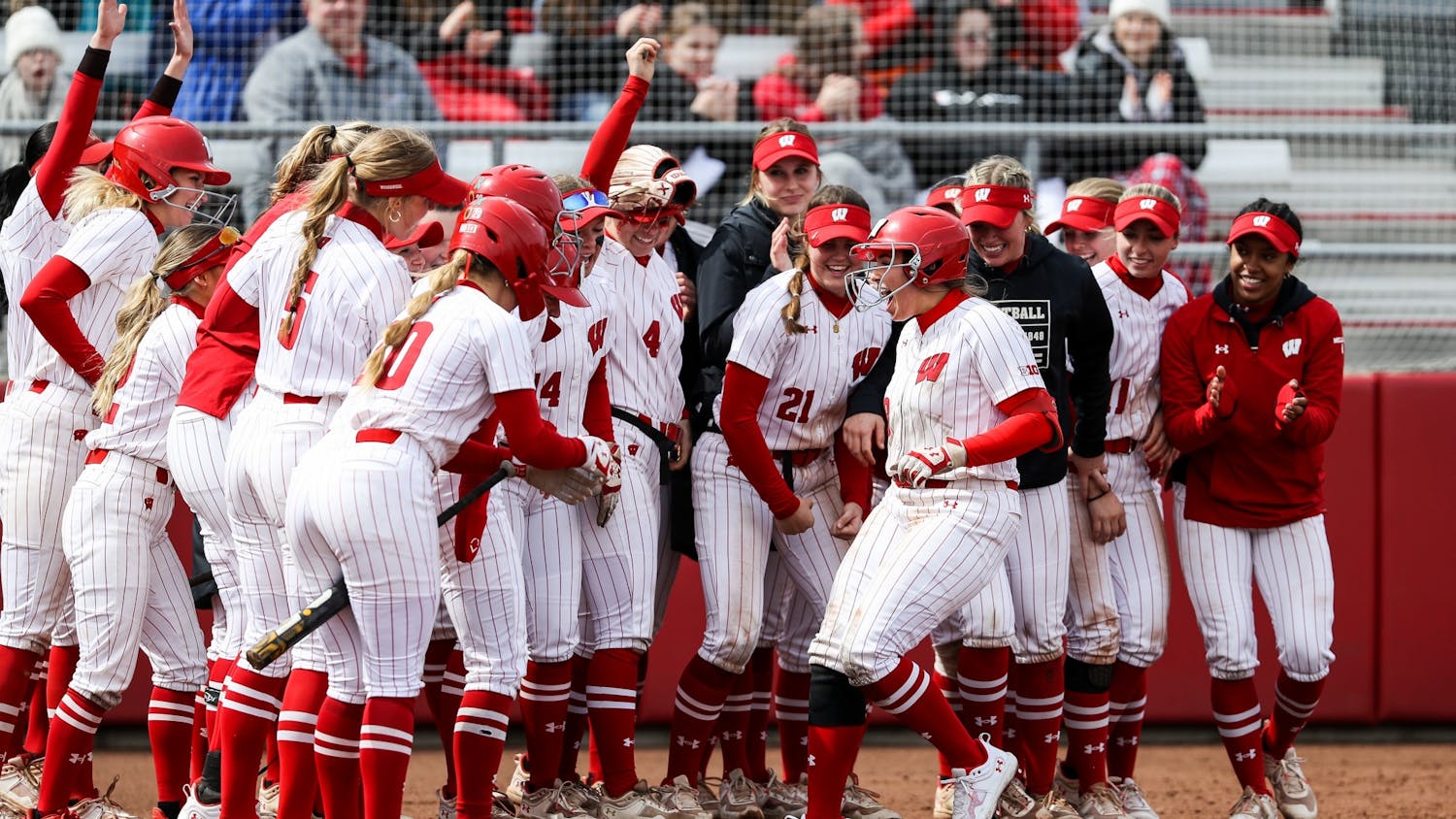Ketchup has its mustard, Han Solo has his Chewbacca and, more relevantly, John Clay had his Montee Ball and James White.
In terms of the 2015 Wisconsin Badgers, Alec James will have his Chikwe Obasih, Joel Stave his Tanner McEvoy (maybe) and Corey Clement will be paired with… Dare Ogunbowale.
While these symbiotic duos’ accomplishments include making the Kessel Run in 12 parsecs, netting two future anchors of UW’s defensive line and introducing the dual-quarterback system to Madison, Clement’s partnership is troubling.
For the first time since 2010, Wisconsin’s offense will be without a key element that has defined its running game: a strong secondary running back that provides little to no drop off from the starter. Enter Clement.
Clement stands next in the line of premier running backs at Wisconsin. The Badgers have produced a 1,000-yard rusher every year since 2005, making the position the centerpiece of UW’s offense for nearly a decade now. Clement is not the fastest, quickest or most powerful of this company of excellent backs, but he could well be the most important given his nonexistent reinforcement.
While having a proven backup is by no means inextricably tied to success for the starter, and UW’s running game as a whole, it adds another dimension to the Badger offense that challenges defenses and opens up the playbook, daring opponents to keep up on the ground.
This was especially true in the 2010 season, when Clay (1,012 rushing yards), White (1,052 yards) and Ball (996 yards) combined to give Wisconsin the 12th-best rushing yards per game average and second-most rushing touchdowns in the nation.
Clay had the majority of carries (187) but Ball (163) and White (156) were not far behind. All three backs were used nearly identically in first, second and third down situations, which was perfect for grinding down defenses.
Ball’s 16 receptions and White’s 11 also provided a receiving threat out of the backfield that Clay (one reception) lacked, which further diversified Wisconsin’s offense and formed a more multifaceted playbook.
This trend of utilizing a multi-headed monster at running back continued through last season when Clement supplemented Melvin Gordon’s historic 2,587-yard season with 949 rushing yards, 14 receptions and 11 total touchdowns of his own.
While the 5-foot-11, 217-pound junior has shown his big play ability, particularly in his 131-yard, two-touchdown performance against Rutgers Nov. 1, he has yet to be entrusted with a starter’s workload. It’s worth noting that before becoming the full-time starter last season, Gordon amassed 288 rushes by spotting Ball and White in 2012 and essentially splitting carries with White in 2013.
Clement’s 214 career carries are nothing to scoff at, but he will undoubtedly encounter growing pains as the season progresses.
And this is an enormous problem considering the thoroughly unproven cast of backs waiting behind Clement on the depth chart.
Ogunbowale, a converted redshirt junior defensive back whose invention of the trick field goal is more impressive than his 34 garbage-time carries last season, is Clement’s immediate backup. Behind him sit redshirt freshmen Taiwan Deal and Caleb Kinlaw, who combined have zero game experience.
This leaves Clement in the toughest position that a Wisconsin running back has found himself in for some time. Although he should settle into the starting role with a high degree of success, it will not be without its challenges. One member of the Ogunbowale-Deal-Kinlaw crew will have to step up to fill Clement’s void when he inevitably gets banged up or needs a breather.
And there’s a very real chance that none of these backs will fill the archetype of Wisconsin’s secondary running back. If that’s the case, then Clement will have to shoulder the load of carrying Wisconsin’s traditionally dominant running game primarily on his own.
It’s Clement’s time now. For the offense’s sake, let’s hope his ketchup, Chewbacca or the clone of his 2014 campaign emerges soon as well.





